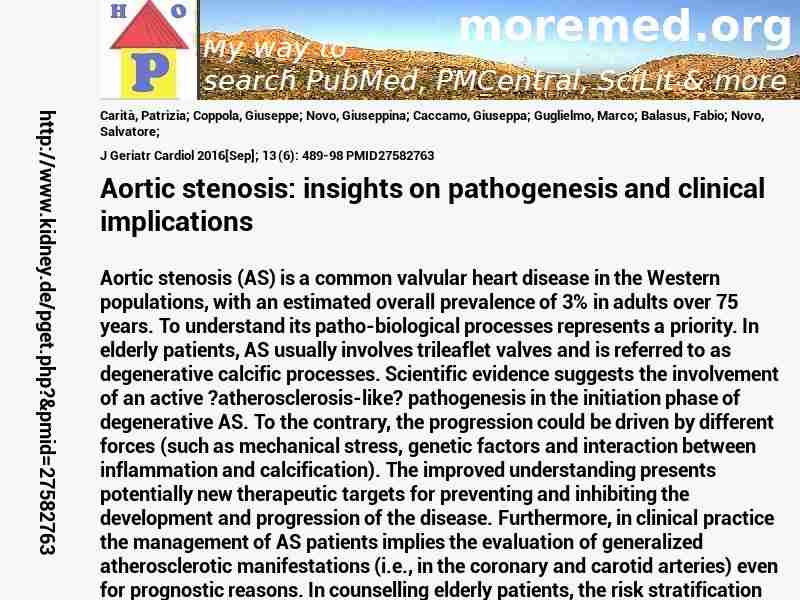
|
10.11909/j.issn.1671-5411.2016.06.001
http://scihub22266oqcxt.onion/10.11909/j.issn.1671-5411.2016.06.001

C4987417!4987417!27582763
 free free
 free free
 free free
Warning: file_get_contents(https://eutils.ncbi.nlm.nih.gov/entrez/eutils/elink.fcgi?dbfrom=pubmed&id=27582763&cmd=llinks): Failed to open stream: HTTP request failed! HTTP/1.1 429 Too Many Requests
in C:\Inetpub\vhosts\kidney.de\httpdocs\pget.php on line 215
|  
Deprecated: Implicit conversion from float 231.6 to int loses precision in C:\Inetpub\vhosts\kidney.de\httpdocs\pget.php on line 534
Warning: imagejpeg(C:\Inetpub\vhosts\kidney.de\httpdocs\phplern\27582763.jpg): Failed to open stream: No such file or directory in C:\Inetpub\vhosts\kidney.de\httpdocs\pget.php on line 117
 J+Geriatr+Cardiol 2016 ; 13 (6): 489-98 J+Geriatr+Cardiol 2016 ; 13 (6): 489-98
Nephropedia Template TP
gab.com Text
Twit Text FOAVip
Twit Text #
English Wikipedia
|
Aortic stenosis: insights on pathogenesis and clinical implications #MMPMID27582763Carit� P; Coppola G; Novo G; Caccamo G; Guglielmo M; Balasus F; Novo S; Castrovinci S; Moscarelli M; Fattouch K; Corrado EJ Geriatr Cardiol 2016[Sep]; 13 (6): 489-98 PMID27582763show ga
Aortic stenosis (AS) is a common valvular heart disease in the Western populations, with an estimated overall prevalence of 3% in adults over 75 years. To understand its patho-biological processes represents a priority. In elderly patients, AS usually involves trileaflet valves and is referred to as degenerative calcific processes. Scientific evidence suggests the involvement of an active ?atherosclerosis-like? pathogenesis in the initiation phase of degenerative AS. To the contrary, the progression could be driven by different forces (such as mechanical stress, genetic factors and interaction between inflammation and calcification). The improved understanding presents potentially new therapeutic targets for preventing and inhibiting the development and progression of the disease. Furthermore, in clinical practice the management of AS patients implies the evaluation of generalized atherosclerotic manifestations (i.e., in the coronary and carotid arteries) even for prognostic reasons. In counselling elderly patients, the risk stratification should address individual frailty beyond the generic risk scores. In these regard, the co-morbidities, and in particular those linked to the global atherosclerotic burden, should be carefully investigated in order to define the risk/benefit ratio for invasive treatment strategies. We present a detailed overview of insights in pathogenesis of AS with possible practical implications.�
  
DeepDyve
Pubget Overpricing | 
|